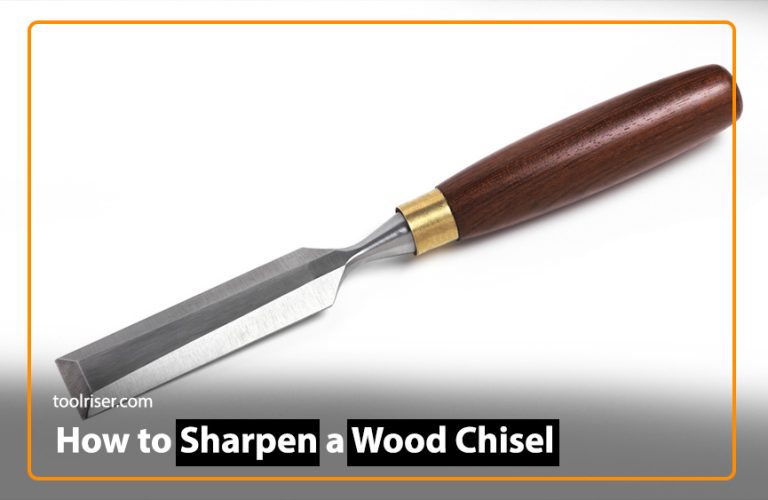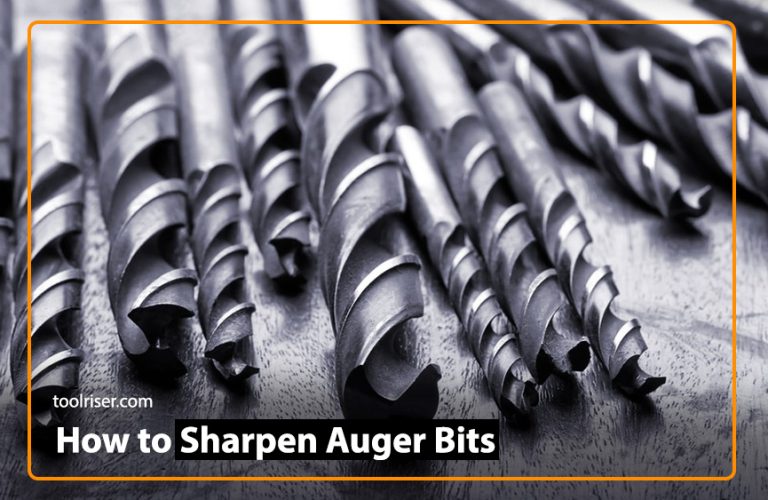How to Sharpen a Tenon Saw in 5 Mins: A Woodworking Guide
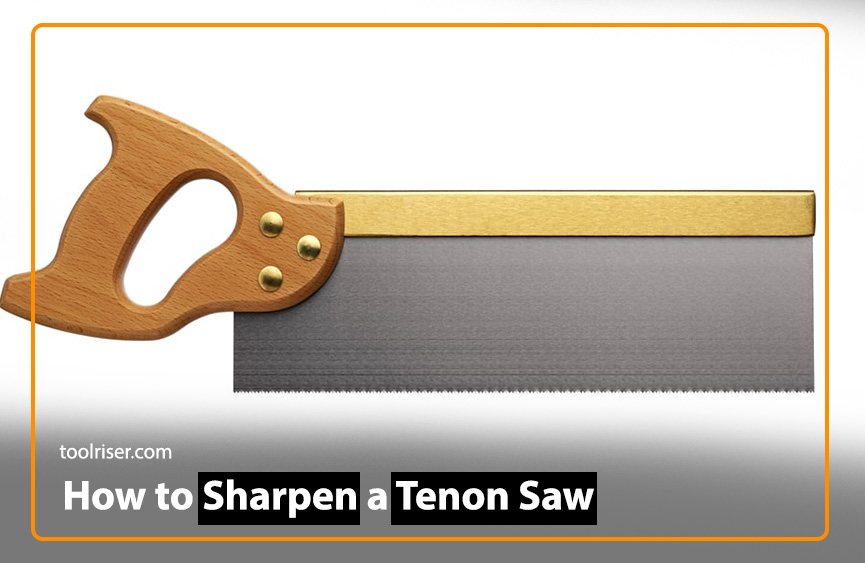
A Tenon saw, also known as a back saw, is a handsaw specifically designed for making precise and clean cuts in wood, particularly for creating tenons. It is a vital tool in woodworking, valued for its precision and versatility. Yet, like any cutting tool, it needs regular care to work at its finest. One vital part of caring for a tenon saw is keeping it sharp. In this blog, we’ll explore the process of sharpening a tenon saw, including the necessary tools and materials.
Main Characteristics of Tenon Saw
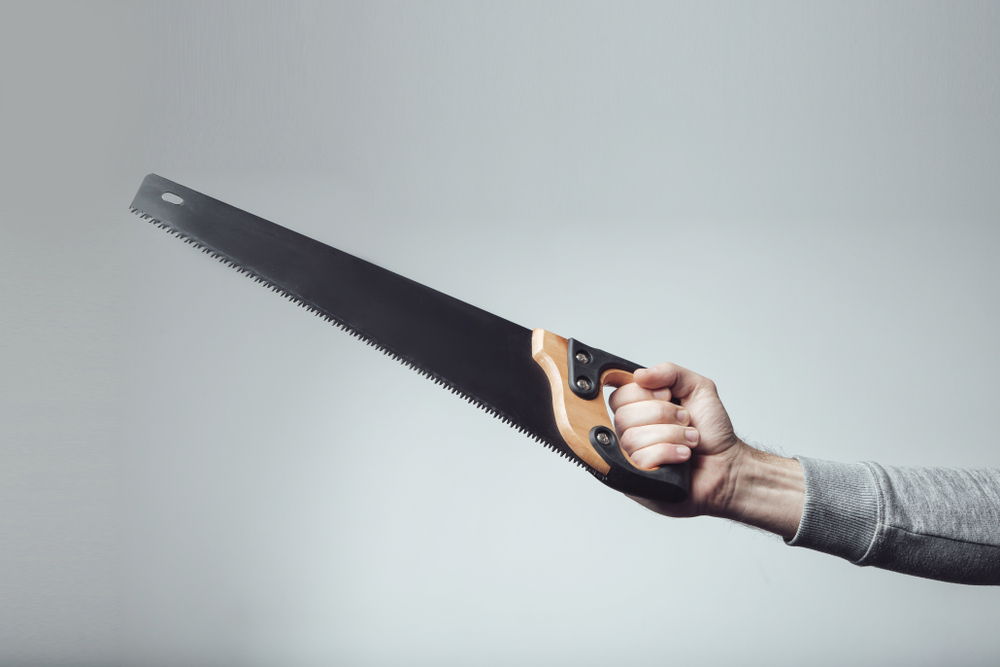
Blade
It has a relatively short blade compared to other saws, typically ranging from 10 to 24 inches.
Reinforced Back
The back of the blade is thicker and stiffer than the blade itself, providing stability and control during sawing.
Fine teeth
The teeth are fine-pitched, meaning there are more teeth per inch compared to other saws. This allows for cleaner and more detailed cuts.
Applications
Primarily used for cutting tenons (rectangular protrusions) that fit into corresponding mortises (holes) to create strong mortise and tenon joints in woodworking.
Material
The blade is usually made of high-speed steel (HSS) or hard-carbon steel for durability and sharpness.
Tools and Materials Required
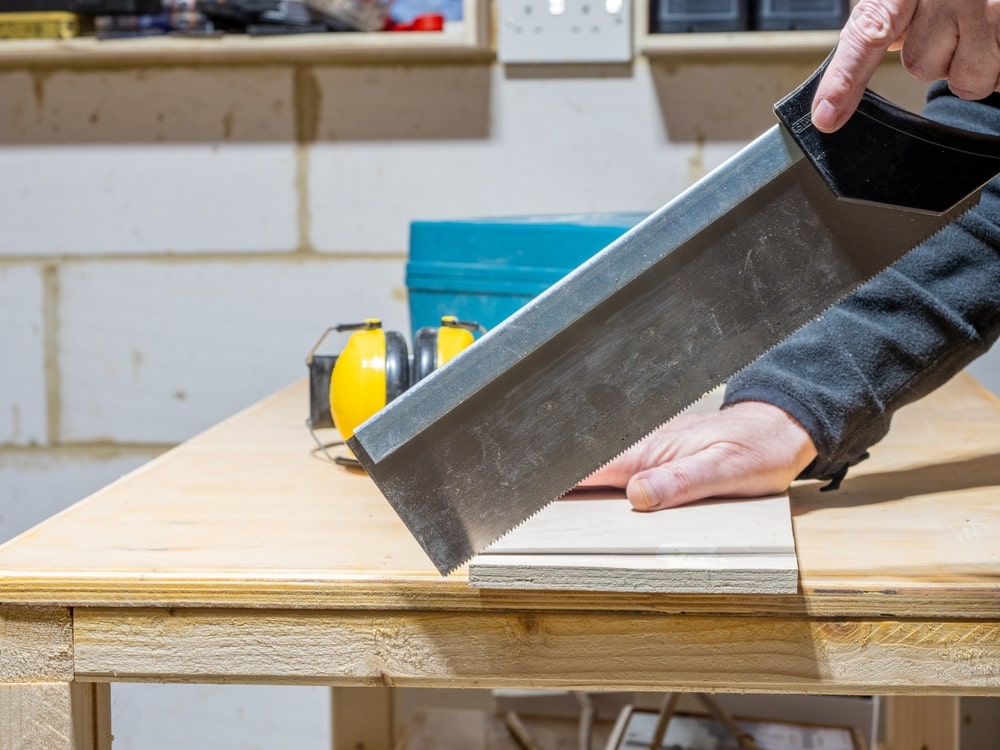
- Tenon saw
- Saw vice or clamp
- Saw set
- Flat file
- Triangular file
- Honing stone or sharpening stone
- Lubricating oil
- Rags or cloths
Steps to Sharpen a Tenon Saw
- Secure the saw in a vice or clamp.
- Assess the teeth and set any bent or misaligned ones.
- File the teeth using a flat file.
- Shape the teeth with a triangular file.
- Hone the teeth with a sharpening stone.
- Lubricate the saw for smooth operation.
Step-by-Step Explaination of Sharpening a Tenon Saw
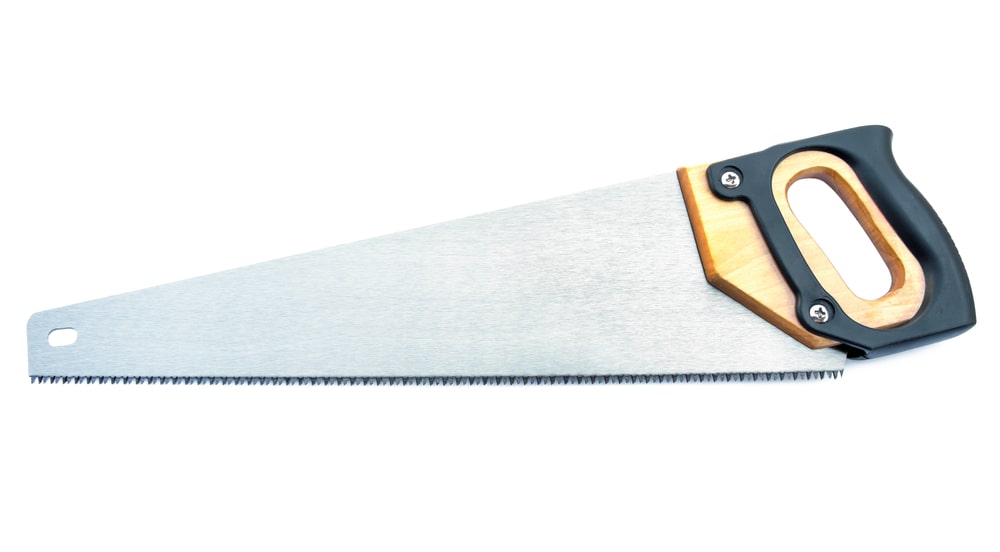
Secure the saw in a vice or clamp
Begin by securing the tenon saw firmly in a vice or clamp to prevent any movement during the sharpening process. This stability is significant for achieving consistent results.
Assess the teeth and set any bent or misaligned ones
Before sharpening, carefully examine the teeth of the saw. If any teeth are bent or misaligned, use a saw set to adjust them back into position. This ensures that all teeth are in line for uniform cutting.
File the teeth using a flat file
Use a flat file to sharpen the teeth of the tenon saw. Hold the file at the correct angle, usually around 60 degrees, and stroke it across each tooth in a consistent motion. Pay attention to maintaining the original angle and shape of the teeth.
Shape the teeth with a triangular file
After filing the teeth flat, use a triangular file to shape them properly. This step helps to restore the sharpness and efficiency of the saw. Again, maintain the correct angle while filing each tooth.
Hone the teeth with a sharpening stone
Once the teeth are filed and shaped, use a sharpening stone to hone them further. Apply a few drops of lubricating oil to the stone and run the teeth of the saw across it several times. This process removes any burrs and polishes the cutting edges for smoother cuts.
Lubricate the saw for smooth operation
Finally, wipe the saw clean with a rag or cloth and apply a light coating of lubricating oil to the blade. This helps to reduce friction during use and prolongs the life of the saw.
Frequently Asked Questions (FAQs):
1. How often should I sharpen my tenon saw?
Ans. It depends on how frequently you use the saw and the type of wood you’re cutting. Generally, it’s recommended to sharpen the saw whenever you notice a decrease in cutting efficiency or accuracy.
2. Can I sharpen a tenon saw without a vice or clamp?
Ans. While it’s possible, using a vice or clamp provides stability and ensures precise sharpening. It’s highly recommended to secure the saw properly before sharpening.
3. What is the correct angle for filing the teeth of a tenon saw?
Ans. The typical angle for filing tenon saw teeth is around 60 degrees. However, it’s essential to refer to the manufacturer’s recommendations for your specific saw.
4. How do I know if my saw teeth are properly sharpened?
Ans. Properly sharpened saw teeth should have a consistent shape and sharp cutting edges.
They should also glide smoothly through the wood without excessive resistance.
5. Can I use any type of lubricating oil for sharpening my tenon saw?
It’s best to use a lubricating oil specifically designed for sharpening tools. Avoid using heavy oils or greases that could clog the teeth of the saw.
6. Should I sharpen all the teeth of the saw at once?
Ans. It’s not necessary to sharpen all the teeth simultaneously. Focus on sharpening the teeth that are dull or damaged and maintain the overall balance of the saw’s cutting profile.
Read Also:- How to use a Doweling Jig for Woodworking
Read Also:- How to Sharpen Wood Chisel
Final Words
In the hands of someone skilled, a tenon saw isn’t just a tool. It’s a way to express creativity, accuracy, and love for woodworking. Like a painter with a brush or a chef with a knife, a woodworker uses the saw carefully to turn raw materials into beautiful creations. Just as a talented artist gets better with practice, we also need to keep our saws sharp to do our best work. Remember, a well-sharpened saw is key to making something amazing. So, let’s sharpen our tools and improving our skills, creating stories of craftsmanship that last for generations.

